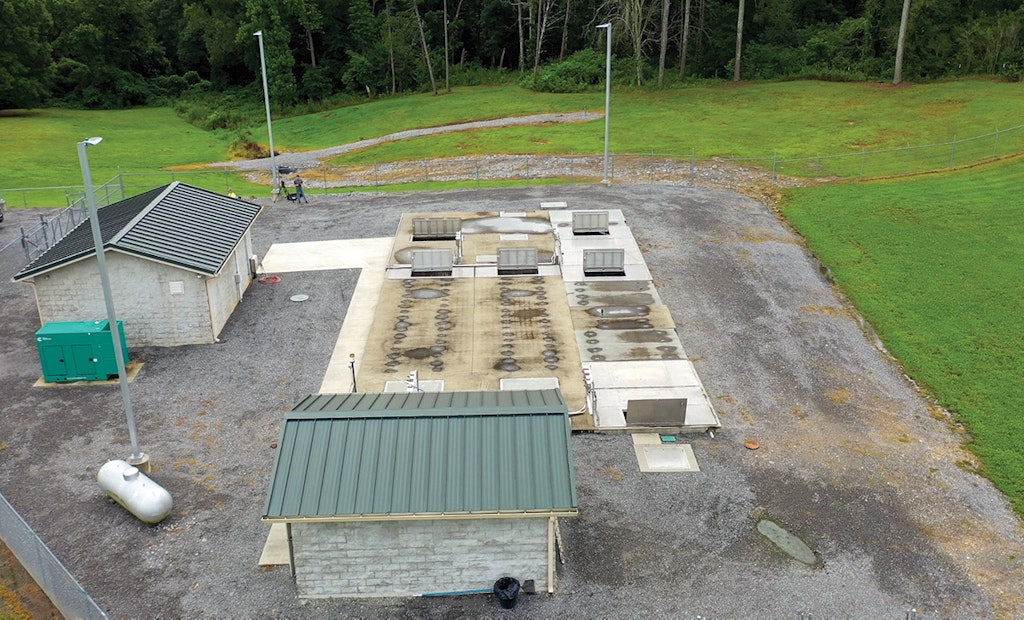ATU solves challenges for small southern town
Problem / Septic systems in Section, Alabama, did not meet current requirements. The town needed a wastewater treatment system to process the domestic waste produced by 700 residents and its commercial entities.
Solution / System...






